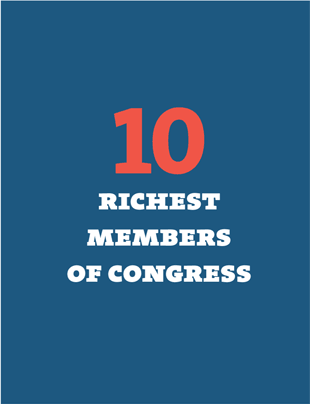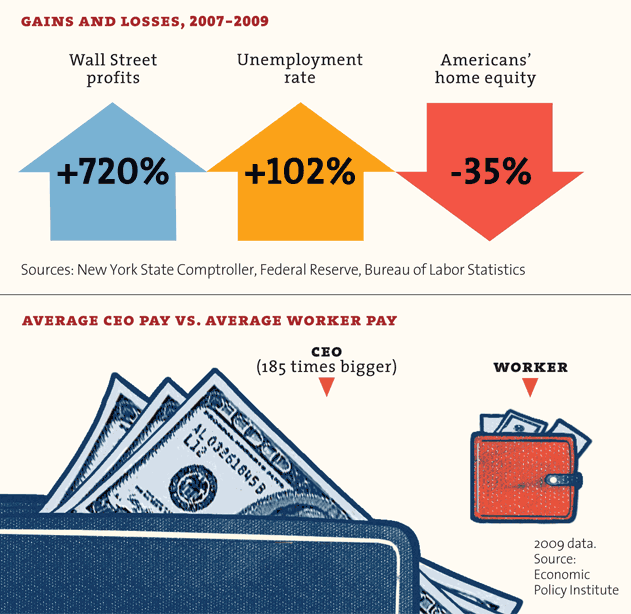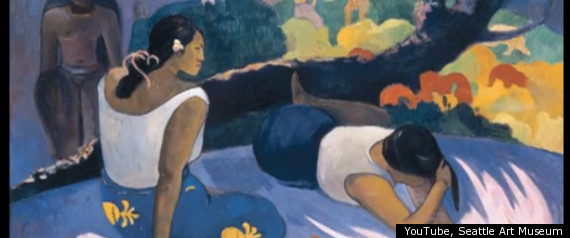The Award is open to published and unpublished women writers, over the age of 18, of Black or Asian descent who are resident in the UK. Ethnicity will be self-defined by entrants. As a guideline, Black or Asian descent in the context of the Award signifies any Black background, including:-
- Black African
- Black Caribbean
- any other Black background
any Asian background, including
- Bangladeshi
- Indian
- Pakistani
- Thai
- Malay
- Philippine
- Vietnamese
- Chinese
- Japanese
- countries in the Middle East
- any other Asian background
any mixed background, including
- Asian and White
- Black and White
- Any other background from more than one ethnic group.
The Award is open to unpublished novels and/or collections of short stories of any genre ofno less than 30,000 words. Manuscripts that have been previously published will not be eligible. However, whilst the main body of the novel or collection of short stories should comprise unpublished work, submissions will be accepted where no more than 25% of the work has been previously published. Manuscripts currently available for sale online, either in full or in significant proportion (i.e. more than 50% of the total manuscript) will be ineligible. Manuscripts either partially or wholly available online for no charge will be eligible.
Memoirs, biographies and autobiographies are not eligible.
Entries must be in English.
Full terms and conditions of the prize are available here. All entrants must complete anentry form and cover sheet.
1. THE AWARDS
1.1 All entries will be read to create a long list of 12 titles for the judges. The best entries will be forwarded to the judges who will compile a shortlist of 6 outstanding works of fiction submitted for the SI Leeds Literary Prize 2012 (“the Award”), from which they will select a winner, a runner-up and a third placed entry.
1.2 The winning award is £2,000 and this will be presented to the author of the best eligible novel or collection of short stories in the opinion of the judges.
1.3 There will be a runner-up award of £750 for the second placed novel or collection of short stories.
1.4 There will be a third place award of £250 for the remaining shortlisted novel or collection of short stories.
1.5 In addition to the cash awards Peepal Tree Press will offer the winning, runner-up and third placed authors 2 one-to-one consultancy sessions in professional development support through its Inscribe programme. With the winner’s consent, the winning manuscript will be given serious consideration for publication by Peepal Tree Press.
1.6 In addition the winner, 2nd and 3rd prize winners will be invited to read short extracts from their work at the 2012 Ilkley Literature Festival.
2. ELIGIBILITY
2.1 The Award is open to published and unpublished women writers, over the age of 18, of Black or Asian descent who are resident in the UK. Ethnicity will be self-defined by entrants. As a guideline, Black or Asian descent in the context of the Award signifies
- any Black background, including Black African, Black Caribbean, any other Black background
- any Asian background, including Bangladeshi, Indian, Pakistani, Thai, Malay, Philippine, Vietnamese, Chinese, Japanese, countries in the Middle East, any other Asian background
- any mixed background, including Asian and White, Black and White, any other background from more than one ethnic group.
Under the terms of Positive Action in the Equality Act 2010, these eligibility criteria are justified on the following grounds:
- That the Award Partners reasonably think that Black and Asian women writers suffer a disadvantage linked to their race and gender, and have a disproportionately low level of participation in theUKwriting industry and bestseller lists
- That the action taken by the Award Partners encourages this group to overcome this disadvantage and encourages participation
- That the prize is a proportionate response to the issue.
2.2 The Award is open to unpublished* novels and/or collections of short stories of any genre of no less than 30,000 words.
2.3 *Manuscripts that have been previously published will not be eligible. However, whilst the main body of the novel or collection of short stories should comprise unpublished work, submissions will be accepted where no more than 25% of the work has been previously published. Manuscripts currently available for sale online, either in full or in significant proportion (i.e. more than 50% of the total manuscript) will be ineligible. Manuscripts either partially or wholly available online for no charge will be eligible.
2.4 Entrants must warrant that the entry is a complete original work of fiction and is entirely the author’s own work; that it does not infringe any existing copyright, moral or other rights of any third party, contains nothing obscene, libellous, unlawful or defamatory of any living person or corporate body.
2.5 Memoirs, biographies and autobiographies are not eligible.
2.6 Entries must be in English.
2.7 Authors may submit more than one novel or collection of stories. An additional entry fee for each submission is required (see HOW TO ENTER below).
2.8 The Award is not open to employees of Peepal Tree Press, Ilkley Literature Festival and members of SI Leeds (the Award Partners) or anyone connected with the Award or their direct family members.
2.9 Entries that are submitted posthumously will not be eligible for the Award.
3. COPYRIGHT AND TERMS OF USE
3.1 By submitting a novel or collection of short stories to the Award the entrant acknowledges and agrees that excerpts (chosen by the Award Partners) of the winning, or other short-listed, novel or collection of stories may be read out or reproduced as part of the Award Partners’ promotion and documentation of the Award, including Award Partners’ marketing and publicity literature, events, and websites and as a feature of the 2012 Ilkley Literature Festival free of any fees or royalty payments.
3.2 The Award Partners undertake to ensure that copyright of all manuscripts entered for the Award is protected. Non short-listed manuscripts will be shredded.
4. JUDGING
4.1 The SI Leeds Literary Prize will be looking for the most original and engaging writing and will consider all entries on the basis of quality of prose and narrative voice. The Award aims to support and award excellence, creativity and originality.
4.2 Manuscripts will be judged anonymously, i.e. without knowledge of the author’s name, age or background. (Please see HOW TO ENTER below)
4.3 Judging of the Award will be as follows:
Stage 1: All entries will be read by a team of readers and will be sifted in accordance with the Award criteria. A long list of no more than 12 novels/collections of short stories will be put forward to the judging panel.
Stage 2: The judging panel will read all long-listed entries and will select a Short List of 6 outstanding novels/collections of short stories submitted for the Award.
Stage 3: The judging panel will further discuss and agree the winning, runner-up and third placed entries.
4.4 Shortlisted authors will be contacted personally by email or telephone.
4.5 The Judges’ decision is final and no correspondence can be entered into.
4.6 The judging will be fair and independent. The judging panel will be appointed by the Award Partners and will include a distinguished and experienced literary professional as its chair.
4.7 Any permitted reference to the Award by the shortlisted writers will be advised by the Award Partners.
5. HOW TO ENTER
5.1 Manuscripts must be sent by post together with the completed entry forms andentry fee. Manuscripts arriving by post without the completed entry forms or entry fee will not be eligible.
5.2 Manuscripts should be sent in their entirety, i.e. as a finished novel or a finished collection of short stories. Incomplete works are not eligible. Authors may not add to or alter their manuscript after it has been entered for the Award.
5.3 Manuscripts must be submitted printed in double-spaced lines of 12 point font on single-sided A4 paper. Pages must be numbered.
5.4 The author’s name should not appear on the manuscript. Use the form provided to enter your name, title of novel or collection of short stories and contact details. Your manuscript will be logged against your name but will be judged anonymously.
5.5 Manuscripts will not be returned. Authors requiring an acknowledgement of receipt of their manuscript should enclose a stamped addressed envelope marked SI Leeds Literary Prize Acknowledgement. Proof of sending is not proof of receipt.
5.6 The Entry Fee for each manuscript submitted is £15.00 payable by cheque to SI Leeds.
5.7 Entries must arrive by Friday 1st June 2012. Late entries will not be eligible.
5.8 The Award Partners reserve the right to cancel the Award at any stage, if deemed necessary in its opinion, or if circumstances arise outside of its control. If cancelled, the entry fee would be refunded.
5.9 The Award Partners reserve the right to refuse entry to the Award for any reason at its absolute discretion.
5.10 By submitting a manuscript the entrant agrees to attend the Award ceremony in the event of being shortlisted for the Award and also, in the event of winning the Award, to undertake a mutually acceptable limited programme of activities to promote the Award. Entrants are responsible for all reasonable costs associated with attending the Award ceremony.
5.11 The entrant agrees that she will contribute where possible to press and publicity activities for the Award and hereby grant the Award Partners all necessary rights in her contribution for press/publicity activities for the Award for all media in perpetuity.
5.12 Entrants will be deemed to have read and accepted these rules and to have agreed to be bound by them when entering the competition.
5.13 These rules and the entry submitted in accordance with them shall constitute a contract governed by the exclusive jurisdiction of the courts of England and Wales.






















